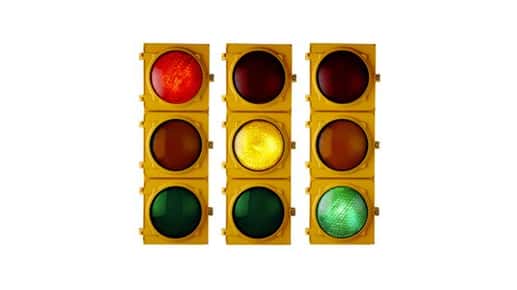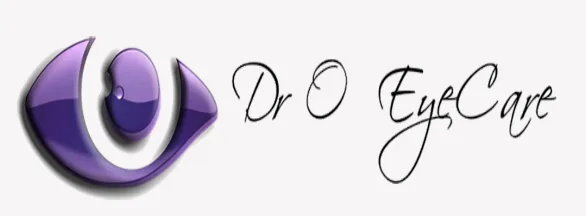
This device integrates all of the senses used for learning. It is one of the basic instruments used for visual-motor training, and helps with direction, rhythm, eye-hand coordination, and work and shape recognition. It consists of an aluminum case with illuminated membrane switches organized along a grid. When the user hits one of the membrane switches, it lights up. The device offers an audio feedback tone and the display panel indicates the number of switches that have been pressed. Often the individual will be required to coordinate pressing the switches with the metronome beat, or pattern templates can be put over the membrane switches to help guide the user. If the person presses a switch too early or too late it will not light up and will not be calculated once the timed activity is over.
